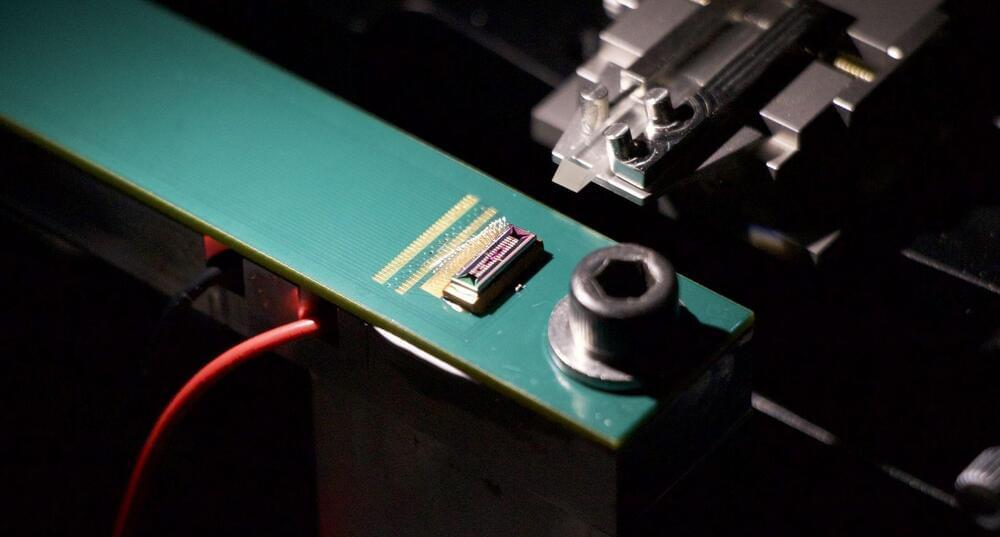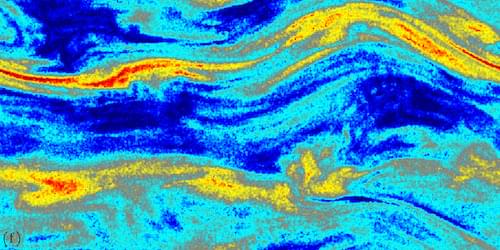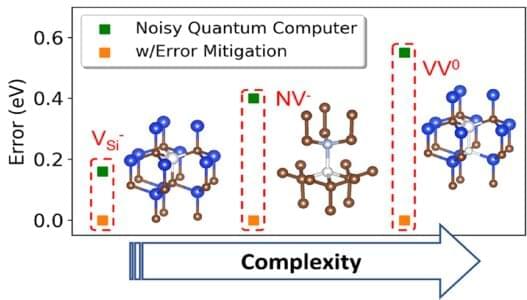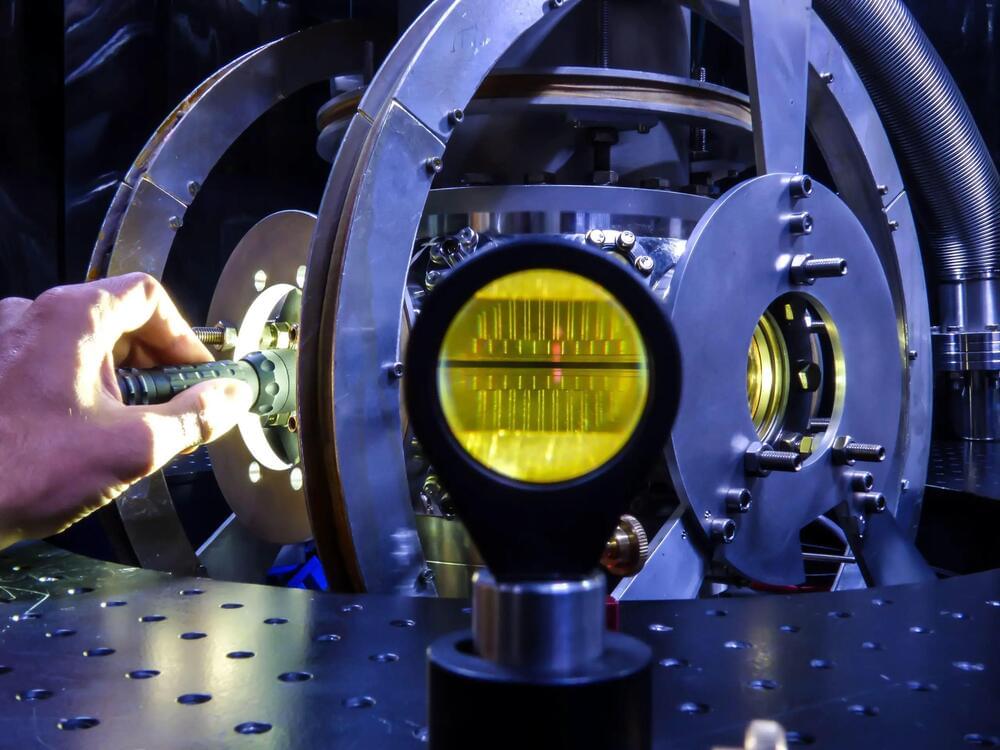Wormholes have been relegated to the realm of science fiction. But new research suggests that they might actually be real.



Cryptocurrency mining is only accessible to those with access to highly discounted energy. The newly-developed low-energy chips will make it possible for everyone to participate in mining profitably.
If you were to ask anyone their feelings about cryptocurrency in 2020, chances are they would respond along the lines of “to the moon”(Crypto investors often use the phrase when they believe that certain cryptocurrencies will rise significantly in price). However, a year later, those sentiments seemed to have jaded. A sense of negativity — FUD (fear, uncertainty, and doubt), as crypto-sympathizers would call it — seemed rife.
Stanford University.
A primary reason behind the fading support of the public, besides bad actors flooding the market with ponzi-like schemes and scams, seemed to be massive numbers of energy consumption floated by crypto and blockchain critics. The biggest question was “How is the world supposed to go greener and rely on these energy-hogging, power-hungry technologies?”

New computer simulations show that wave-particle interactions endow thin plasmas with an effective viscosity that regulates their turbulent motions and heating.
Most of the regular matter in the Universe is plasma, an ebullient state characterized by charged particles interacting collectively with electromagnetic fields. When individual particles collide on scales much shorter than those of bulk plasma motions, the latter are described well by a 3D fluid theory: magnetohydrodynamics. That condition prevails in the interiors of stars and planets and in protoplanetary accretion disks. But many hot, low-density astrophysical plasma flows are only weakly collisional. Accounting for stellar winds, accretion around black holes, and the motions of the plasma that pervades intergalactic space requires a statistical kinetic description of the particle positions and velocities in a 6D space. Numerical simulations by Lev Arzamasskiy of the Institute of Advanced Study in Princeton, New Jersey, and his colleagues [1] shed new light on magnetized kinetic turbulence in such plasmas.

If you know the atoms that compose a particular molecule or solid material, the interactions between those atoms can be determined computationally, by solving quantum mechanical equations—at least, if the molecule is small and simple. However, solving these equations, critical for fields from materials engineering to drug design, requires a prohibitively long computational time for complex molecules and materials.
Now, researchers at the U.S. Department of Energy’s (DOE) Argonne National Laboratory and the University of Chicago’s Pritzker School of Molecular Engineering (PME) and Department of Chemistry have explored the possibility of solving these electronic structures using a quantum computer.
The research, which uses a combination of new computational approaches, was published online in the Journal of Chemical Theory and Computation. It was supported by Q-NEXT, a DOE National Quantum Information Science Research Center led by Argonne, and by the Midwest Integrated Center for Computational Materials (MICCoM).

A project led by a group of researchers from Israel’s Bar-Ilan University, in collaboration with TII—the Quantum Research Center in Abu Dhabi, United Arab Emirates, is advancing quantum computing by improving the performance of superconducting qubits, the basic computation units of a superconducting quantum processor. The improved qubit, called a tunable superconducting flux qubit, is a micron-sized superconducting loop where electrical current can flow clockwise or counterclockwise, or in a quantum superposition of both directions.
These quantum features would allow the computer to be much faster and more powerful than a normal computer. For the speed potential to be realized, the quantum computer needs to operate several hundred of qubits simultaneously without having them unintentionally interfering with each other.
As an alternative technology to that existing today in quantum processors, superconducting flux qubits provide several important advantages: First, they are very fast and reliable; and second, it may be simpler to integrate many flux qubits into a processor compared to current available technology.

In the realm of computing, information is usually perceived as being represented by a binary system of ones and zeros. However, in our everyday lives, we use a decimal system consisting of ten digits to represent numbers. For instance, the number 9 in binary is represented as 1,001, requiring four digits instead of just one in the decimal system.
Today’s quantum computers have emerged from the binary system, but the physical systems that encode their quantum bits (qubits) have the capability to encode quantum digits (qudits) as well. This was recently demonstrated by a team headed by Martin Ringbauer at the University of Innsbruck’s Department of Experimental Physics. According to experimental physicist Pavel Hrmo at ETH Zurich: “The challenge for qudit-based quantum computers has been to efficiently create entanglement between the high-dimensional information carriers.”
In a study published on April 19, 2023, in the journal Nature Communications.
In this video I discuss new Photonic Chip for Quantum Computing.
The Paper: https://www.nature.com/articles/s41566-023-01193-1
The mentioned Video — Million Qubit Quantum Computer from Intel: https://youtu.be/j9eYQ_ggqJk.
Support me at Patreon: https://www.patreon.com/AnastasiInTech

Using the James Webb Space Telescope (JWST) and the Hubble Space Telescope (HST), astronomers from the University of Padua, Italy, and elsewhere have observed a metal-poor globular cluster known as Messier 92. The observations deliver crucial information regarding multiple stellar populations in this cluster. Results were published April 12 on the arXiv pre-print server.
Studies show that almost all globular clusters (GCs) exhibit star-to-star abundance variations of light elements such as helium (He), oxygen (O), nitrogen (N), carbon © and calcium (Na). This indicates self-enrichment in GCs and suggests that star clusters are composed of at least two stellar populations.
Located some 26,700 light years away in the constellation of Hercules, Messier 92 (or M92 for short) is a GC with a metallicity of just-2.31 and a mass of about 200,000 solar masses. The cluster, estimated to be 11.5 billion years old, is known to host at least two stellar generations of stars—named 1G and 2G. Previous studies have found that Messier 92 has an extended 1G sequence, which hosts about 30.4% of cluster stars, and two distinct groups of 2G stars (2GA and 2GB).

A team of physicists has illuminated certain properties of quantum systems by observing how their fluctuations spread over time. The research offers an intricate understanding of a complex phenomenon that is foundational to quantum computing—a method that can perform certain calculations significantly more efficiently than conventional computing.
“In an era of quantum computing it’s vital to generate a precise characterization of the systems we are building,” explains Dries Sels, an assistant professor in New York University’s Department of Physics and an author of the paper, which is published in the journal Nature Physics. “This work reconstructs the full state of a quantum liquid, consistent with the predictions of a quantum field theory—similar to those that describe the fundamental particles in our universe.”
Sels adds that the breakthrough offers promise for technological advancement.
Last 2020, scientists were able to pick up distinct brain signals that had never been observed before. Such findings hint at how the brain is a more powerful computational device than previously thought.
Distinct Brain Signals
According to Science Alert, back then, researchers from German and Greek institutes were able to report a brain mechanism in the outer cortical cells. They reported their discoveries in the Science journal.